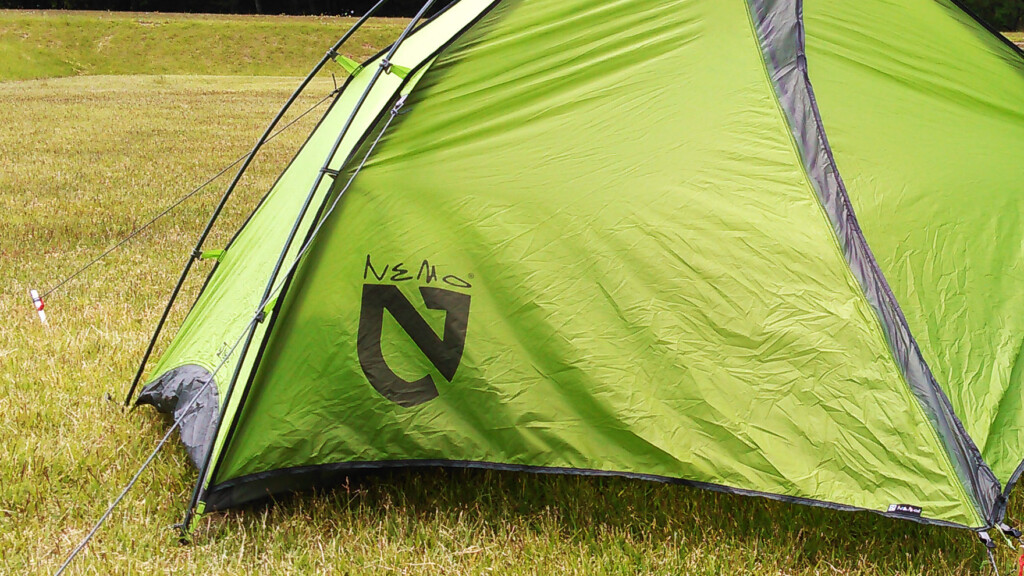
Review: NEMO ANDI 1P Single-wall tent that combines lightness, livability and speed of setup
I want a tent. When this happens, the first thing everyone feels is that even though they are called tents, there are many different types. Typically, the double-wall type, which is a combination of the main body and fly sheet, is the main body, but this is by no means a versatile one. Depending on the season and purpose, different structures and methods may be more suitable, and as tents like backpacks, as you climb for a long time, you will find yourself wanting a variety of different types of tents depending on the purpose, which can be a troubling thing. If you are interested in the smallest differences in the types and their characteristics, please refer to the previous article .
There are a variety of mountain tents called single-wall structures that can be simply made up of just one layer of the main body While the main advantage is that it requires fewer parts, it is light, compact, and allows for quick setup, it is also often mentioned that there is no front room (an entrance or rain-proof space at the entrance), which makes it easy to condense on the ventilation surface and inside.
The NEMO ANDI 1P we are reviewing this time is a dome-shaped, self-supporting single-wall tent that takes advantage of the advantages of single walls and overcomes the disadvantages to a considerable extent, and is wonderfully easy to use depending on the purpose. This season, we'd like to report on the long-awaited new model for single-person players has been released, so we'd like to give you a quick report.
table of contents
General features
A dome-shaped, self-supporting single-wall tent that pursues quick setup and removal and light weight. The main body is made of a unique waterproof and breathable material of 20 denier, and the poles are hanging, allowing for quick and reliable setup even under adverse conditions. In addition, by integrating the vestibule, it also has the high livability that approaches a double wall.
Recommended points
- Highly livable thanks to the vestibule fly integrated into the tent itself.
- It is light at almost 1kg and has a very compact storage size. The storage bags are also wonderful, and the removal is very smooth.
- Speedy setup with a single wall and a hanging type.
- Highly breathable thanks to the wide mesh panel at the entrance.
- Each part has a higher fixing force than it looks.
Points that interest me
- Because it is a light and thin material, it requires a bit of delicateness to handle.
- (As a general rule) Please note that in strong winds, the advantage of being easy to set up will not be obtained unless the setup is carried out using the correct procedure.
Specifications and ratings
| item | Specifications and ratings |
|---|---|
| Number of people to sleep | 1 person |
| Minimum weight | 1.02㎏ |
| Main body material | 20D OSMO™ W/B (waterproof and breathable material) |
| Anterior material | 15D PU Nylon |
| Floor material | 20D PU Nylon |
| Floor area | 1.85㎡ |
| Front room area | 0.74㎡ |
| Height, width, and height | 102㎝・89㎝・218㎝ |
| Included and optional |
|
| Comfortable and livable | ★★★☆☆ |
| Ease of setup and removal | ★★★★★ |
| Weather Resistant | ★★★☆☆ |
| Durability | ★★★☆☆ |
| weight | ★★★★☆ |
| Portability | ★★★★★ |
| Overall score | ★★★★☆ |
*The marks with ★ are impressions up until the comparison test are conducted, so please use this as a reference only.
Detailed review
Storage size
The set looks like this. First of all, you will be surprised at how small the tent itself is.
The storage bag for the tent itself has also been changed, but this is very convenient. The mouth is wide and easy to put in and take out.
Thankfully the bag comes with instructions. In addition, it also comes with stylish items such as a plot of constellations.
About the setup and main unit
The pole comes in two pieces, which is the basic dome-shaped pole. There are some parts in the center.
It first sets up the pole and stops the hook, making it stand independently.
To set up, stretch all the poles out and then secure them to the rings at the four corners. It is not possible to set up the poles by gradually stretching them out like the pole sleeve type that fits in a tube, so when setting up in a crowded tenon area, you need to be more considerate of your surroundings. The fixing force of the ring that connects the key pole end to the tent itself is even stronger than its simple appearance.
The first part I was wondering what it was was that it seemed to be used to connect the poles at the ceiling intersection, I see. This part is designed to lock when crossed, and to release when parallel.
The pegs were for the entrance and exit and four stitching ropes, and there were just six. It has a Y shape. It is also safe to secure it to the ground.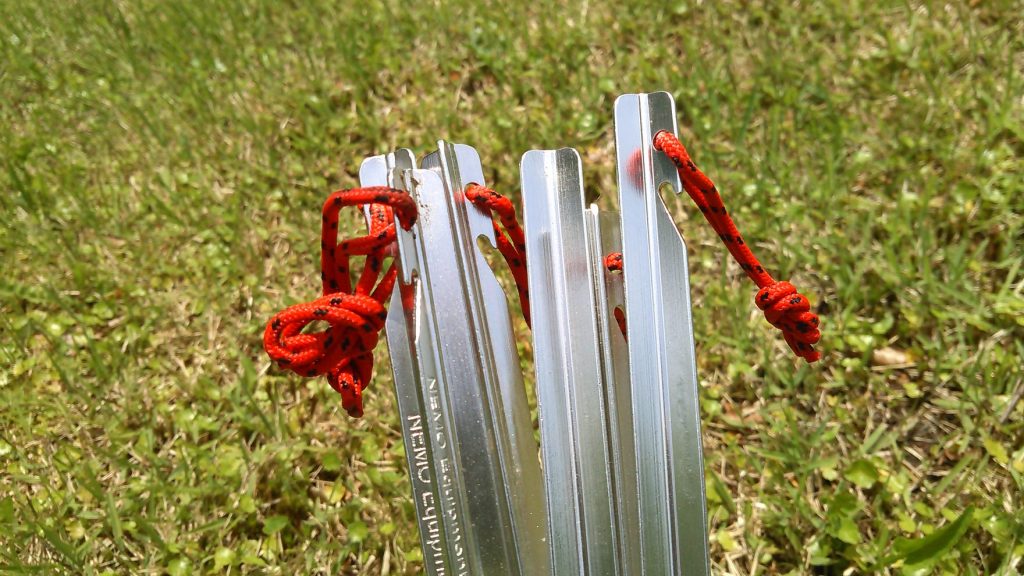
Drive the pegs into the tensioning rope and the entrance to complete the process.
As you can see, the front room is integrated with the main unit. This is a wonderful structure. The vestibule can also be folded to the side of the main unit for entry and exit. This is also an advantage, but since the vestibule is spacious, you may need to be careful when using the vestibule in some places, such as in small spaces. If the space is small, it would be possible to use the vestibule while folding it, but it would be a waste to use it.。
There is one entrance on the long side. It's spacious so it's easy to get in and out. A large semicircular mesh is placed in the lower half of the entrance, allowing it to be opened and closed as needed, which greatly improves breathability.
Incidentally, you can only switch between the mesh from the inside.
A short stick hangs from the wall opposite the entrance. Something? I thought so, but it was a part (tension rod) that kept the vent on the other side open.
It's a simple, simple and tidy system that made me groan.
The panel is also good.
I felt the wonder of the storage bag when I left. The tent must be placed in a foldable bag. If you want to store it in a more comfortable and compact way, you will need to buy your own compression bag, but this bag can be easily stored and compressed.
I deliberately packed it in a bag without folding it and it fits nicely and even compresses it. wonderful. This area is something you would definitely like to experience.
Impressions of actually using it
I've always thought that there's no vestibule when it comes to using single walls, so when I actually used it, I was impressed that the vestibule was spacious and I could comfortably place shoes and tools. It may be a trivial matter, but it is an important point to make the space larger inside.
Living is not a problem, and the ventilation part felt like the mesh panels allowed the air to pass through well. Japan's humid climate is inevitable that there is a certain amount of condensation and air build-up, but even so, it is well-ventilated for a single-wall tent of this type.
Other details and basic parts are structured in the same way as other typical tents.
Regarding the essential setup, it is said that a dome-shaped hanging type like this tent can be set up with minimal wind resistance than a slope type that passes through a tube. So how did you actually assemble it? When I stopped the last one or two hooks, the strong tension was on the surface, making it difficult to stretch out, and because the wind was blowing strong, the parts shaking each other, and the hooks were not able to fasten, and the wind just a little while later, causing the main body to blow up, which took more effort than I expected. I have set up a lot of slope type equipment up until now, but in reality I didn't notice any significant difference in ease of assembly in harsh environments between the two types. Most mountain tents built in recent years are designed to be easy to assemble regardless of the type of self-supporting, so I once again realized that what is important is not to think that this structure is okay, but to understand the characteristics of the self-supporting type and correctly learn how to set up a safe and efficient environment-based setup method. It seems that students need to practice before the actual event, but after practicing setting up to a certain extent, I tried to work with careful attention to the hooks that were fixed, and it was assembled very efficiently and without waste.
As for the hook part we mentioned, if the area at the top was removed, it would affect the inner space. However, the hook has a considerable amount of fixed force, and I tried various things, such as shaking the main body with the technique, but it never came off.
Also, if you look closely, there are other places where the tensioning rope can be removed, and it would be nice if there were more pegs installed for backup purposes to be fixed.
Summary: What kind of people and what kind of activities are recommended?
The appeal of this tent is that it is light, livable, and high speed setup. However, it is not a single-wall tent that is light and has a compact size that is separated by a certain amount of elements, but it is also well-built in construction and structure. It will be suitable for a wide range of activities such as traverse climbing, trail hiking, and ultralight, where you want to keep your luggage light and compact. In that sense, it can be said that it is a tent that does not choose people.
It also has the advantages of double walls, so even those who already own a tent and have never used a single wall tent will be satisfied from a functional perspective. I feel that this is a tent that is interesting and worth considering.
On the other hand, since it is a lightweight tent, I think there are some things to consider when and where to use it. You need to be careful when using the product in seasons and places where there are high winds that are expected to be quite strong, and even in the three spring to autumn seasons, it is easy to feel that stopping the hook will be a hassle in bad weather when strong winds blow on ridges. If you take that environment into consideration, it should be suitable for use in places with snow or when it is snowed.
Lightness doesn't mean that it's perfect, but its lightness is definitely a big weapon. In the case of solos, if the tent is light and compact, you can also pay attention to other equipment. I think it's a bad idea to make lots of memories with this tent. This tent is so skillful, so why not consider it as a solo companion?


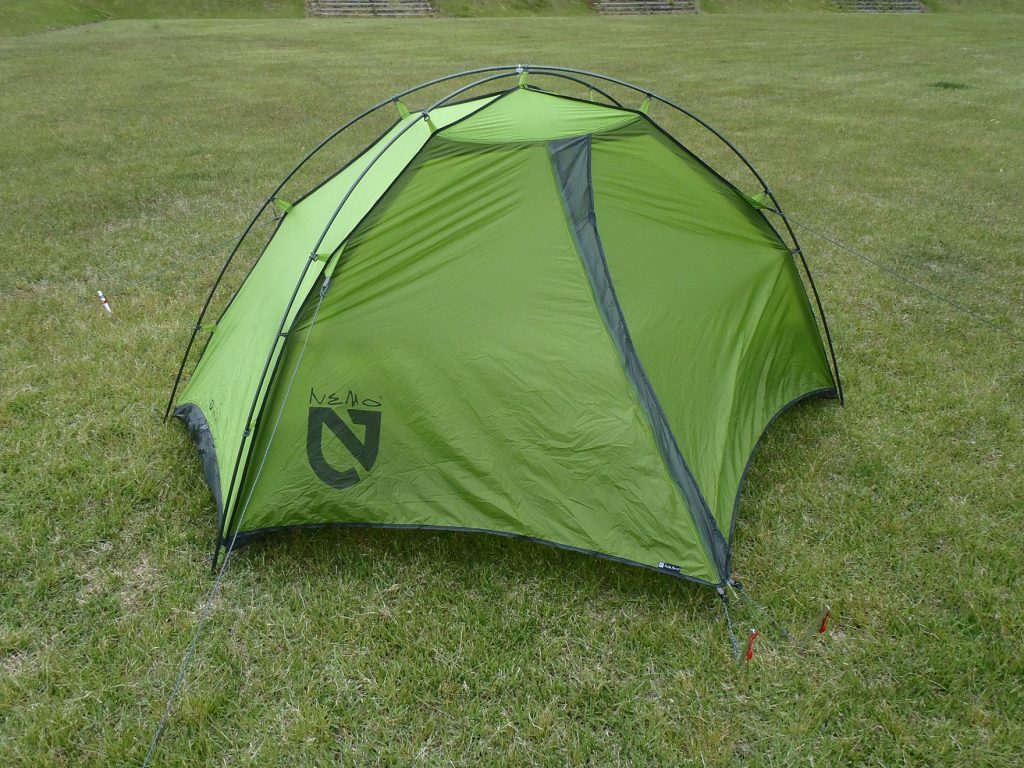

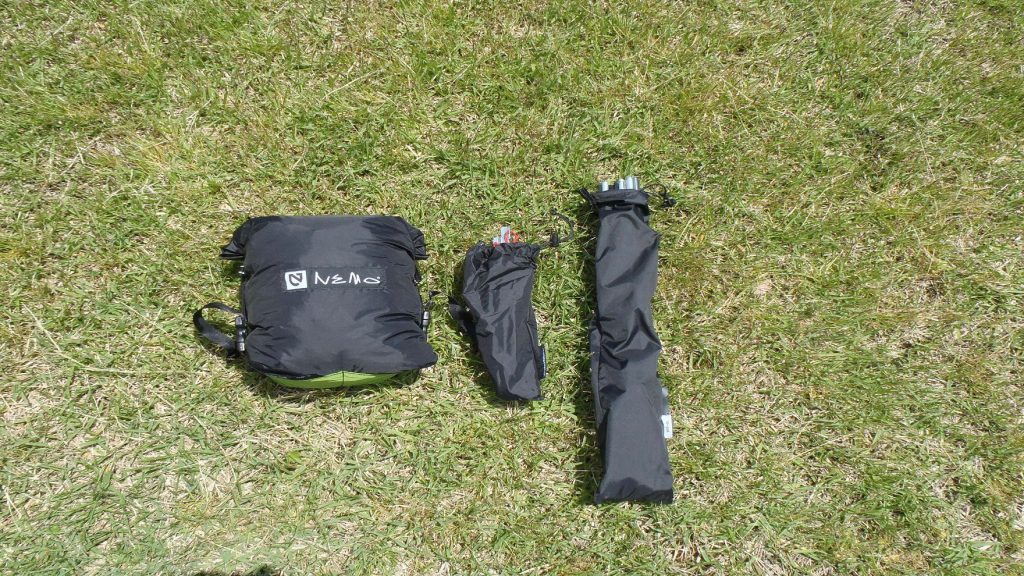
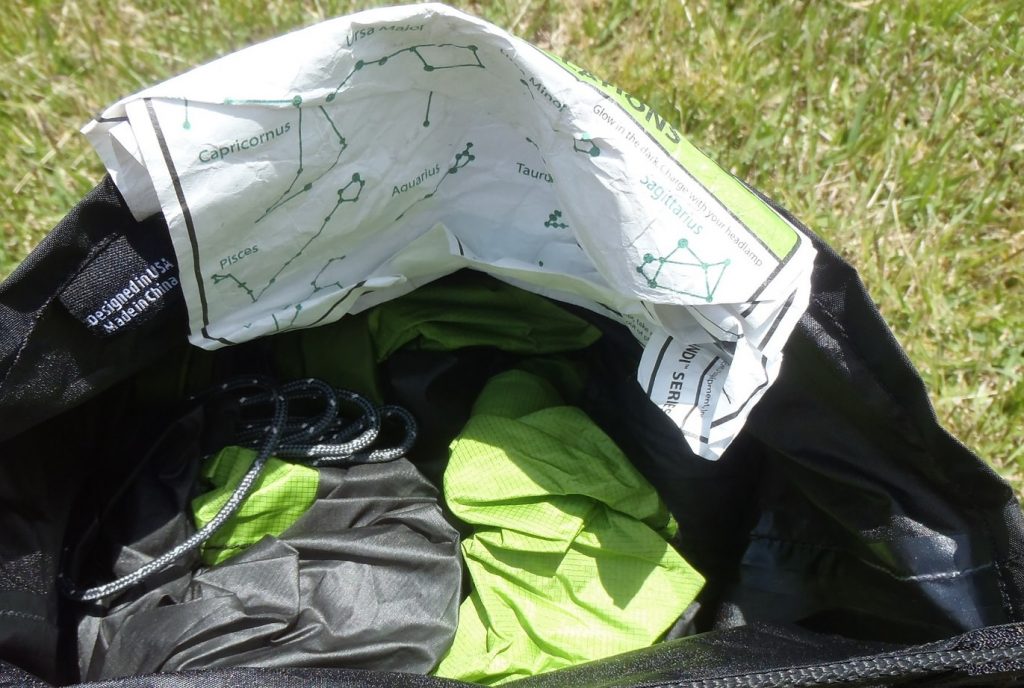
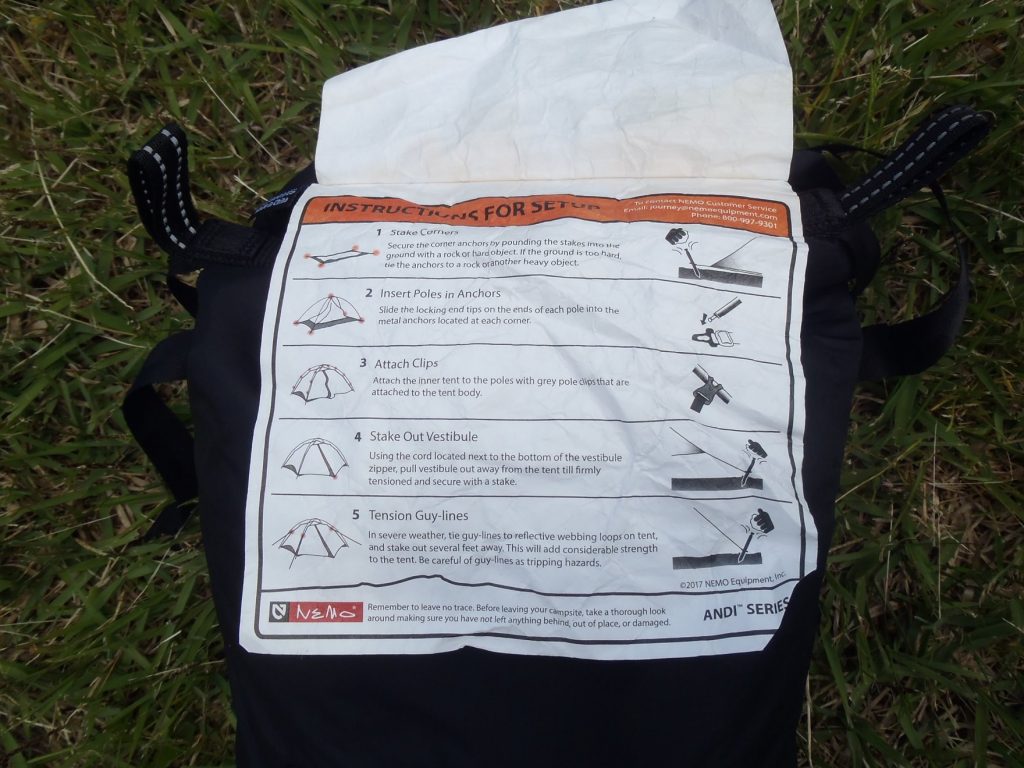
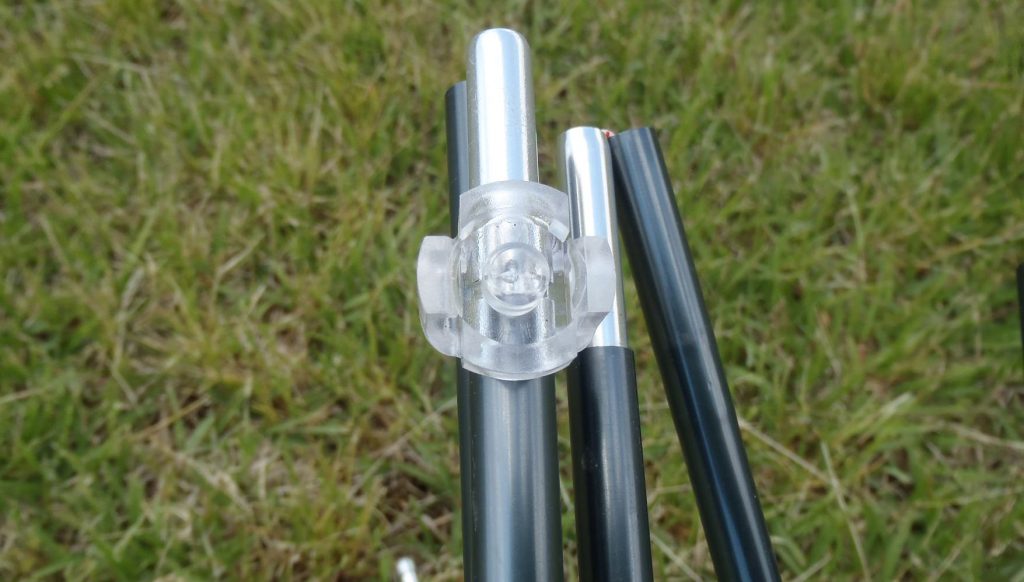
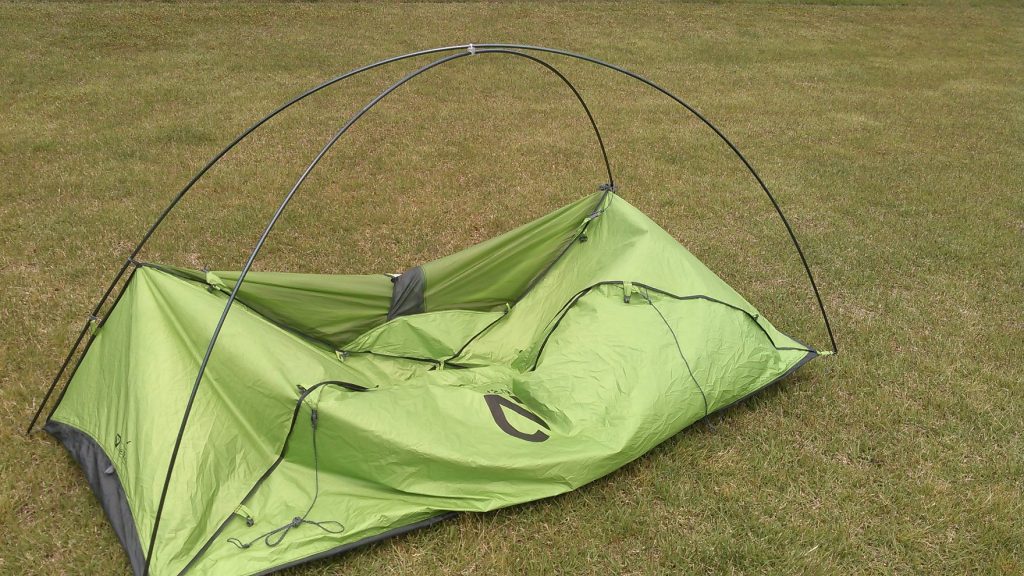
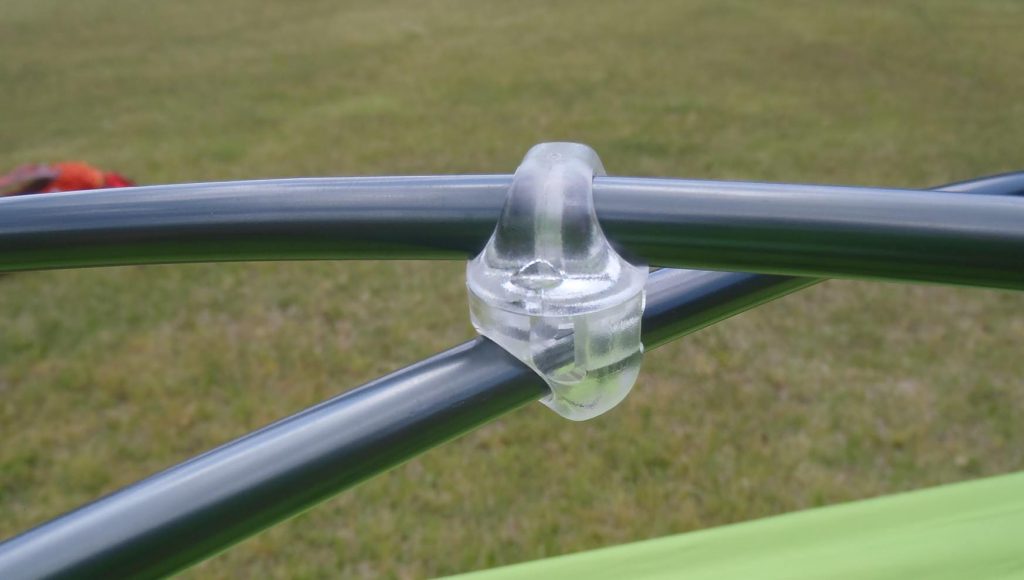
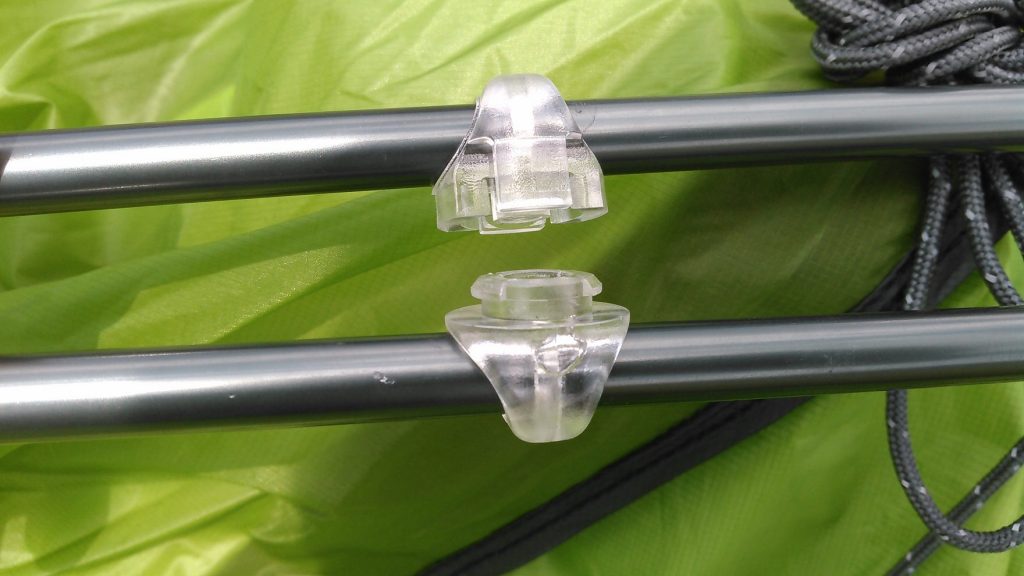

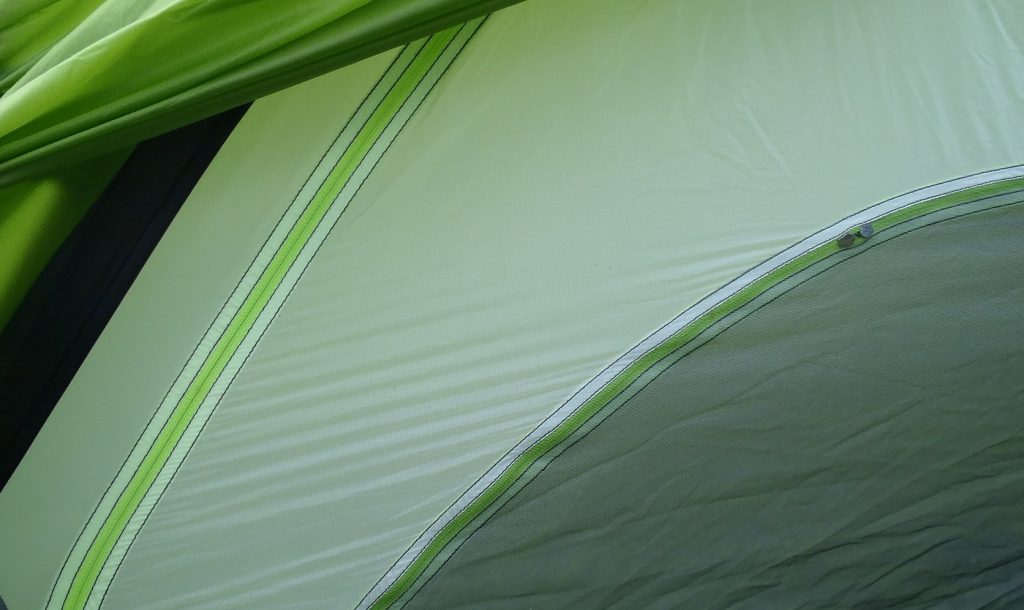
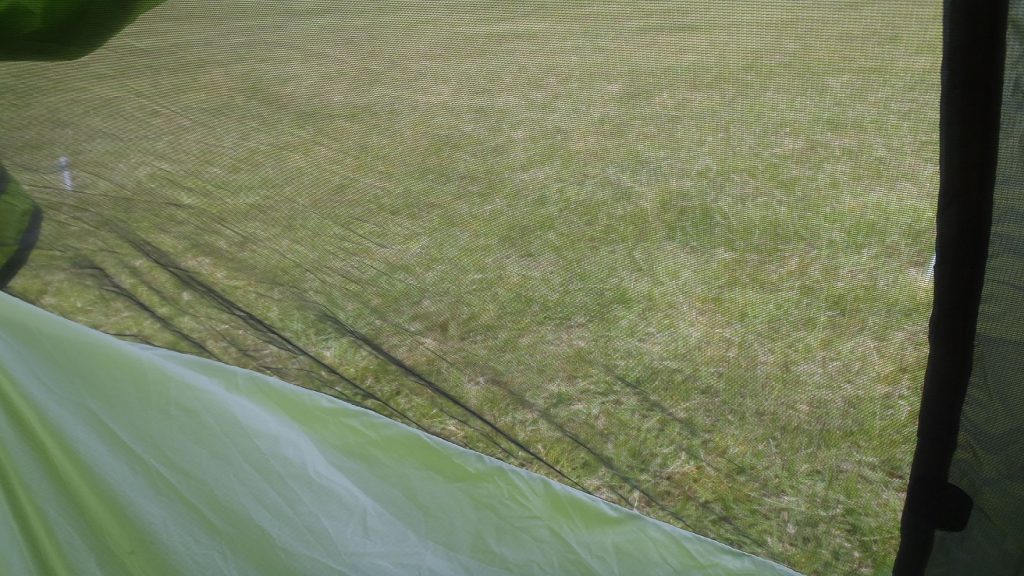
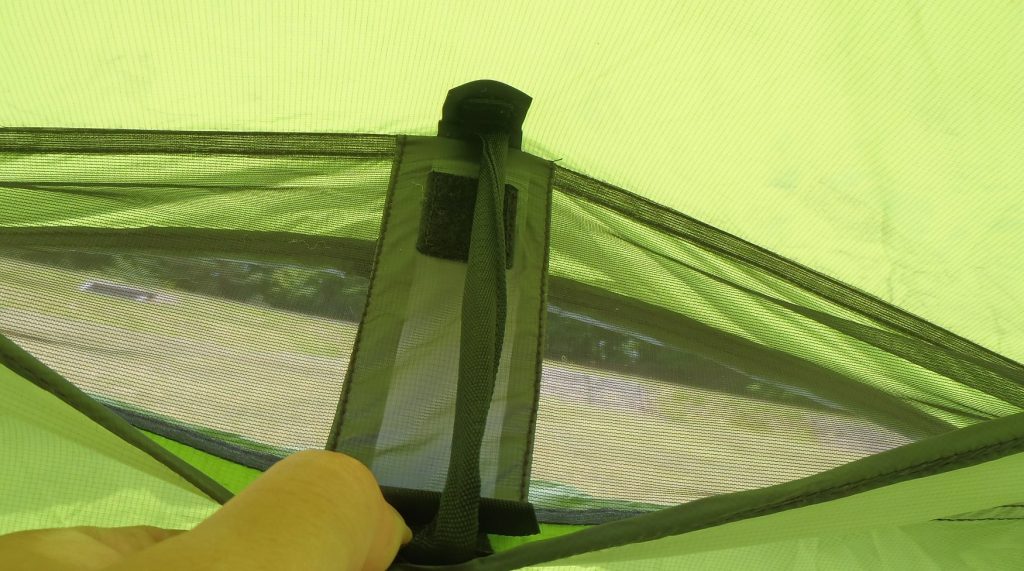
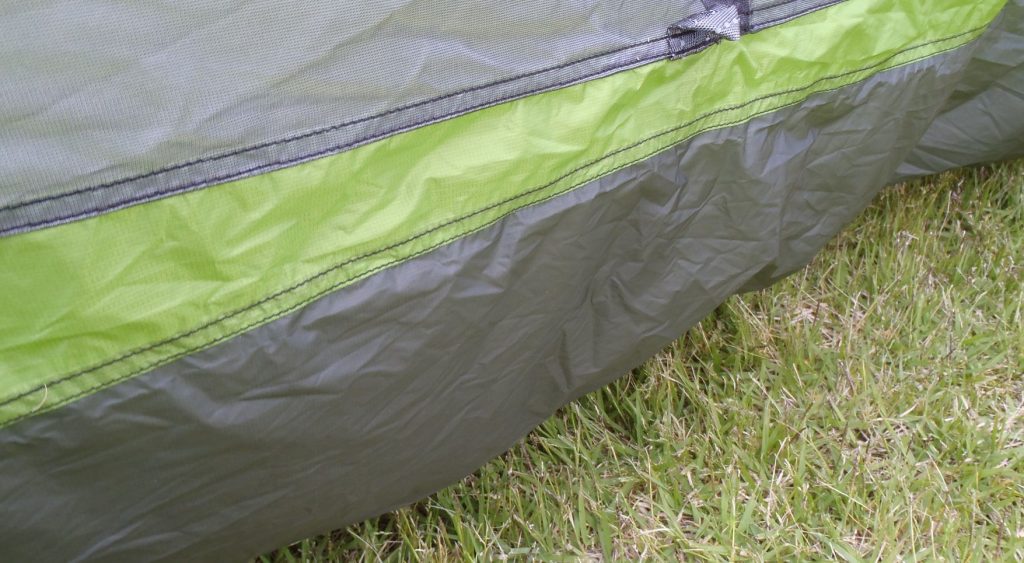
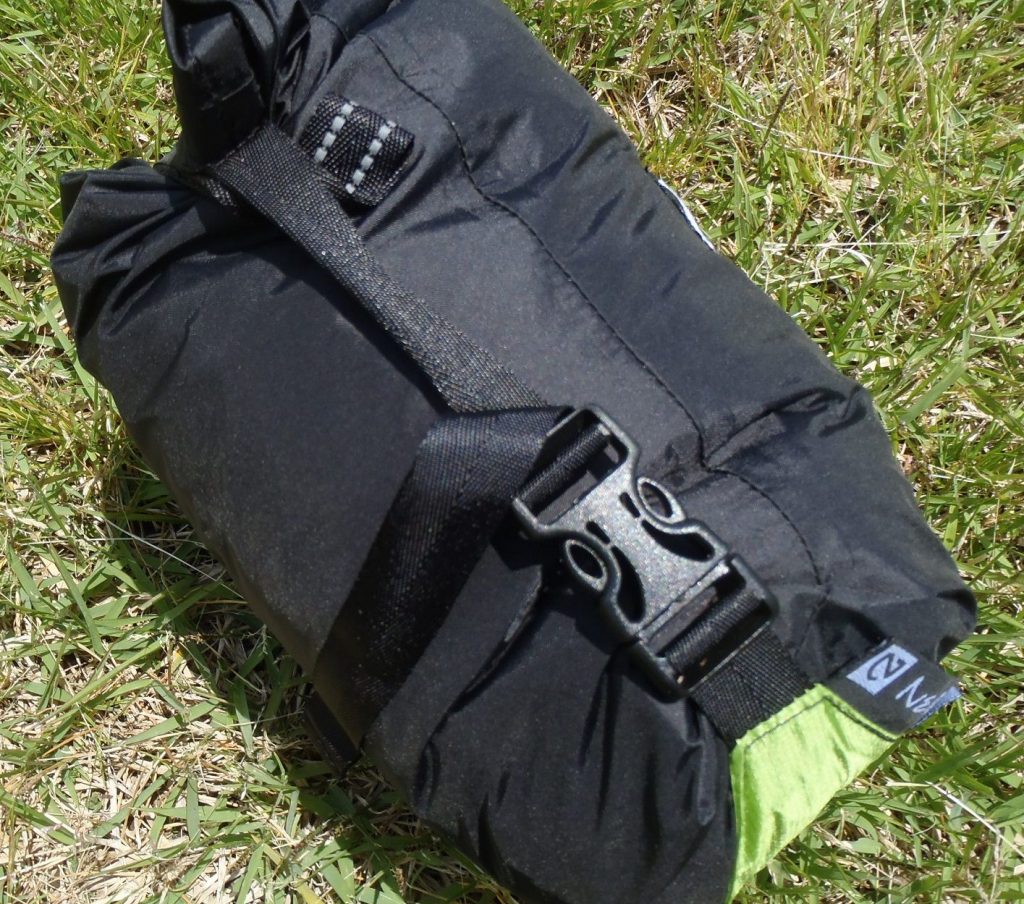
 Review: NEMO TANI 1P I see, Japanese specifications. A sturdy and lightweight mountain tent that is always cool and comfortable
Review: NEMO TANI 1P I see, Japanese specifications. A sturdy and lightweight mountain tent that is always cool and comfortable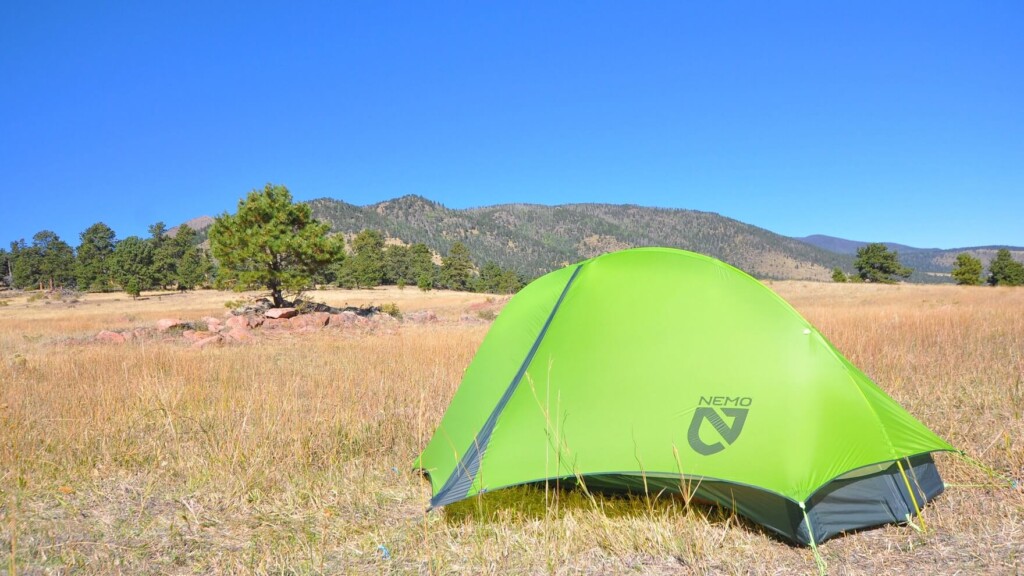 Review: NEMO Hornet Storm 1P A lightweight solo tent with a high level of balance that is close to perfection
Review: NEMO Hornet Storm 1P A lightweight solo tent with a high level of balance that is close to perfection Review: NEMO Dagger Storm 2P It's dome-shaped, yet spacious interior! Mountain tent boasts outstanding livability and good balance
Review: NEMO Dagger Storm 2P It's dome-shaped, yet spacious interior! Mountain tent boasts outstanding livability and good balance [A self-paying review without any consideration] NEMO Dragonfly Bike Pack 1P It's a waste to just leave it for touring purposes! A self-supporting tent that is comfortable and convenient for mountain climbing
[A self-paying review without any consideration] NEMO Dragonfly Bike Pack 1P It's a waste to just leave it for touring purposes! A self-supporting tent that is comfortable and convenient for mountain climbing